Period cup: Everything you need to know about the ecological and economical solution for the "difficult days"
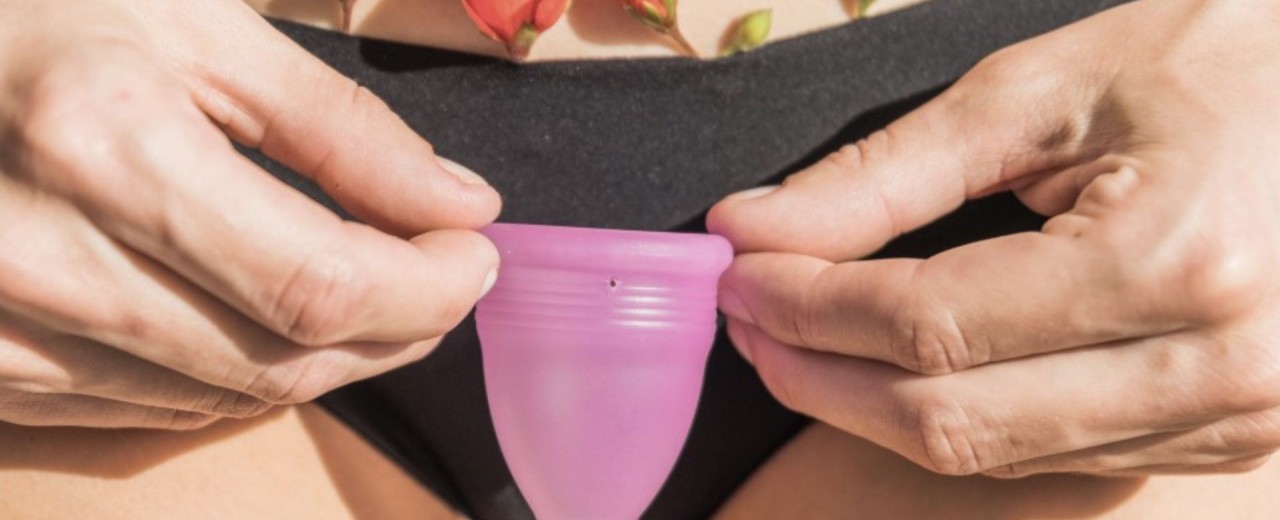
In an era where reusability is the key to environmental respect and saving money, the menstrual cup is the revolutionary solution that addresses all the issues women face during their period.
On one hand, pads do not offer adequate protection against leaks and odors, while tampons have been criticized as potentially harmful to women's health. Moreover, both products are expensive and not eco-friendly since they are not reusable.
The menstrual cup is the most innovative and comfortable solution that is also economical, sustainable, and completely safe for your health.
Let’s take a look at what it is, how to use it, and why it receives so many positive reviews.
What is a menstrual cup?
A menstrual cup is a cup made of medical-grade silicone that is inserted into the vagina and collects menstrual blood.
Its main feature is that it is reusable, lasting up to 5 years, and that it collects rather than absorbs menstrual blood.
How does a menstrual cup differ from pads and tampons?
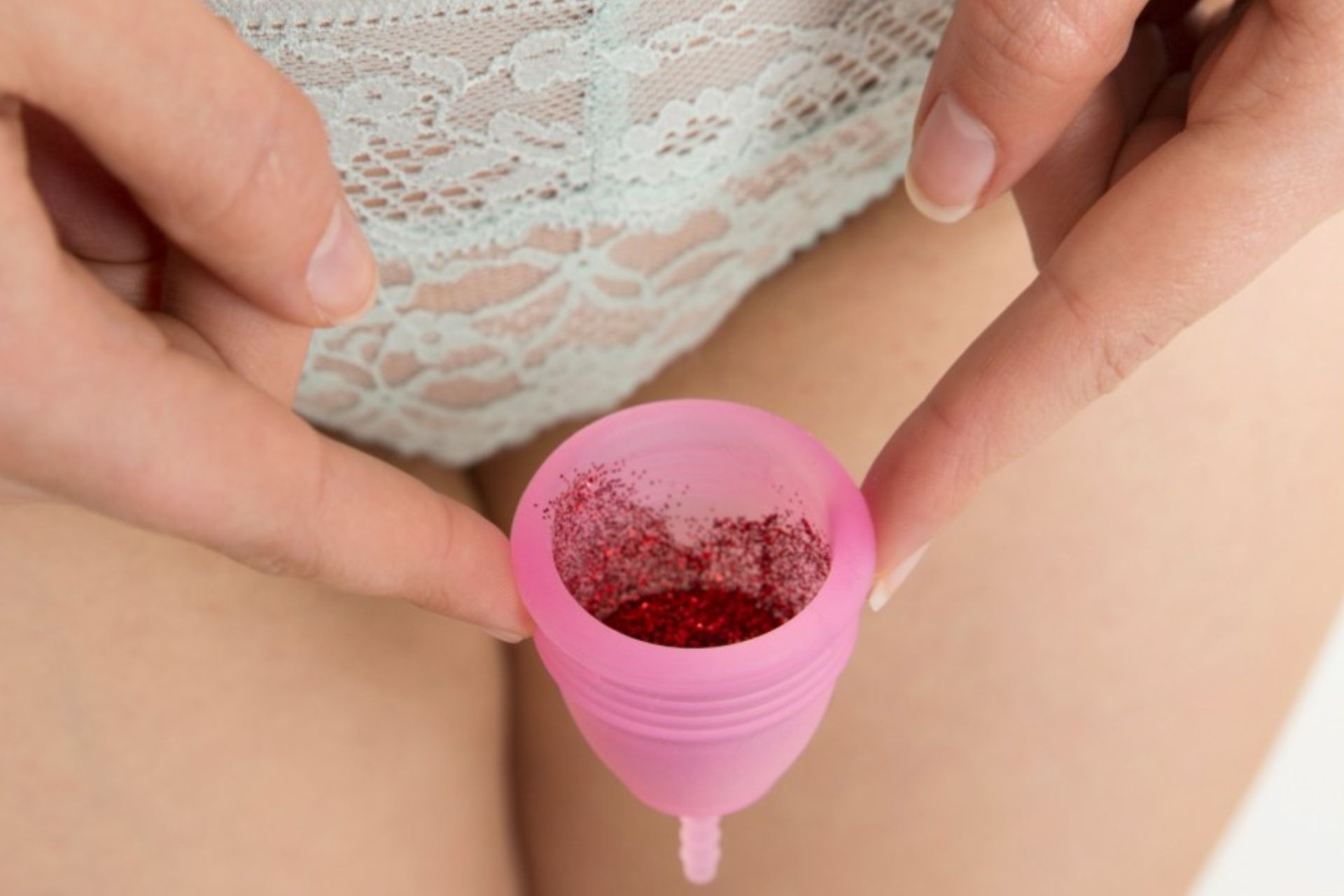
The menstrual cup is used differently than both pads and tampons, making it a more accessible and hygienic option.
Compared to pads, the menstrual cup differs significantly:
- It collects the blood inside the vagina, preventing both leaks and odors.
- It offers comfort, allowing women to wear any clothes, swim, or go about their day worry-free.
- It’s discreet and reusable, producing no waste.
Compared to tampons, both are inserted into the vagina to prevent external flow. However, they function differently:
- The cup does not absorb blood but collects it, being made from silicone, not absorbent material.
- Unlike tampons, the cup does not cause the rare but serious Toxic Shock Syndrome.
- It’s reusable and eco-friendly.
- It lasts much longer than a tampon (up to 10 hours).
How to use a menstrual cup
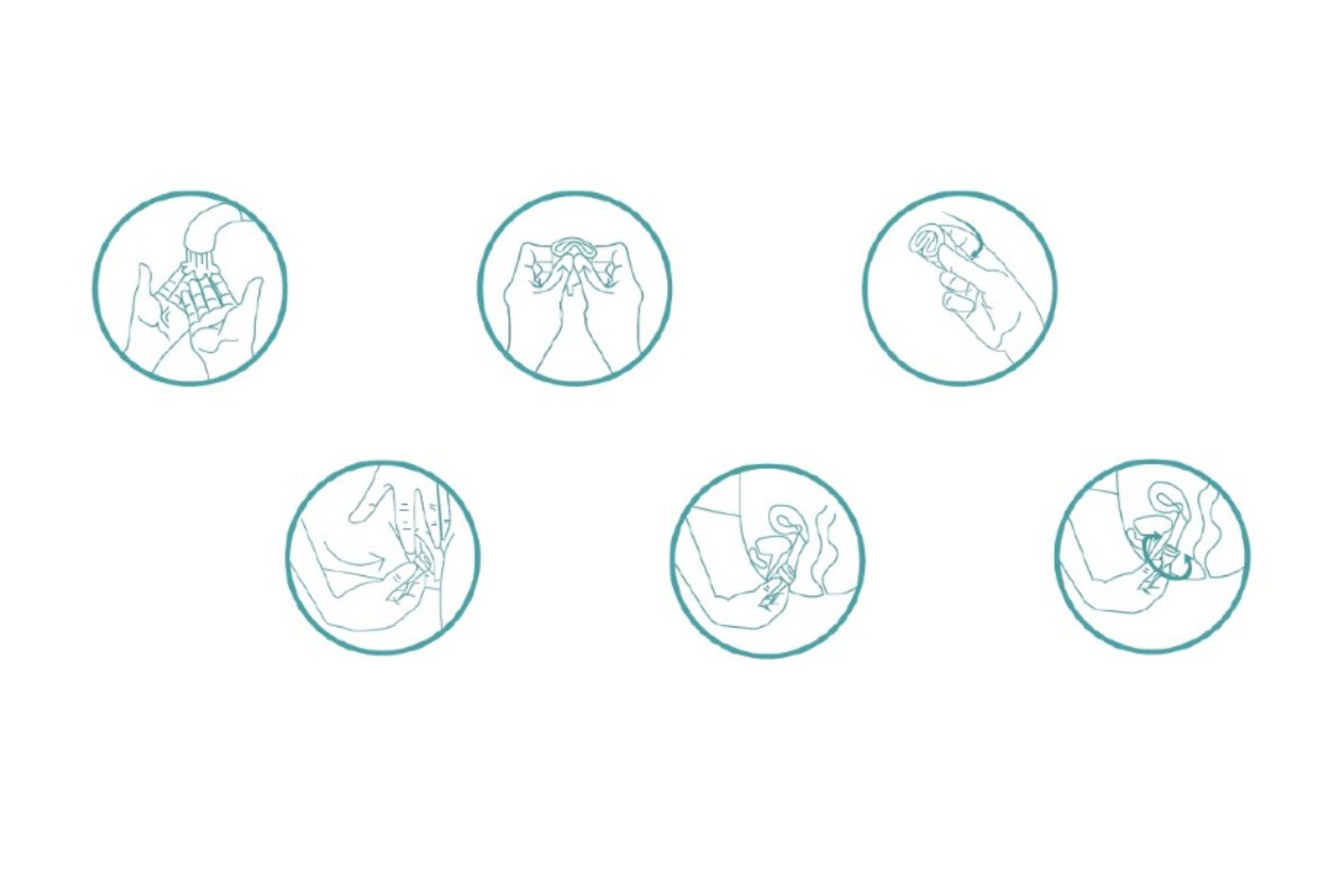
Using a menstrual cup is simple and similar to a tampon, but it’s gentler on the body and doesn’t cause dryness or irritation due to its medical-grade silicone.
How is the menstrual cup inserted?
- Wash your hands with soap and water.
- Sit, lie down, or raise one leg.
- Fold the cup as directed in the packaging.
- Insert the folded cup into your vagina.
- Once inserted, release your fingers and let it unfold.
- Rotate it slightly to ensure it’s fully open and sealed.
How to remove the cup:
- Wash your hands.
- Sit, lie down, or raise one leg.
- Use a finger to grab the base of the cup.
- Pinch the base to break the seal and avoid suction.
- Pull it out gently to avoid spilling.
- Empty it into the toilet and wash it with warm water and soap.
- Relax! The cup cannot get lost inside you, as the cervix marks the end of the vaginal canal.
Pros and cons of the menstrual cup
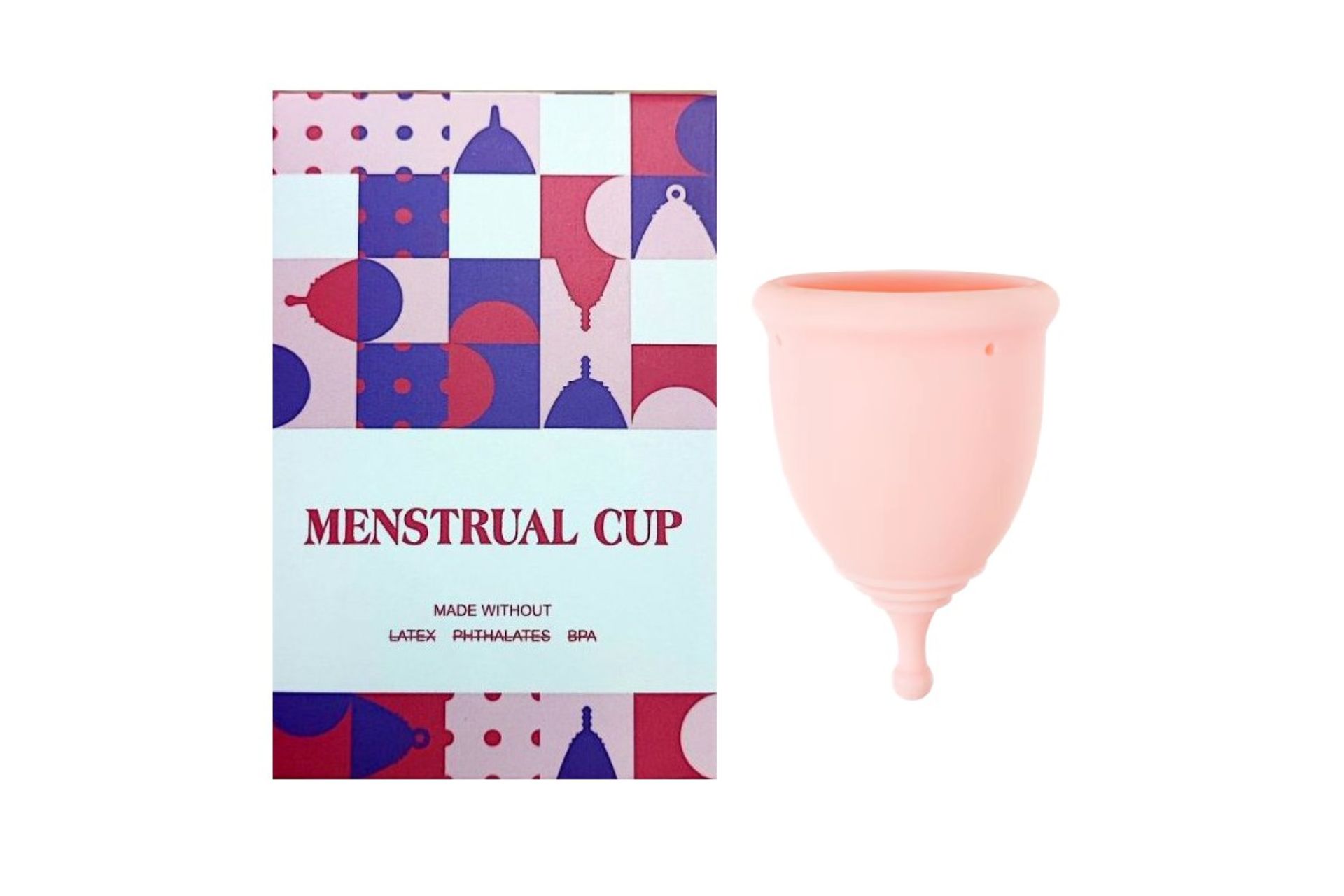
Based on all the above, the menstrual cup has significant advantages, which is why millions of women use it:
- Low cost: Though initially more expensive than a pad or tampon pack, it pays off within months and lasts up to 5 years.
- Eco-friendly: No waste, unlike single-use products.
- Maximum protection: Up to 10 hours of use, great for overnight protection.
- Comfortable: Move freely, exercise, or swim without worry.
- Prevents leaks and odors.
- Hygienic: Made of safe, medical-grade silicone.
But are there any downsides or side effects?
When used correctly, side effects are minimal and may include:
- Discomfort during insertion or removal
- Leaking after many hours
- Vaginal infection or UTI if hands or cup are not clean
Tips for proper use
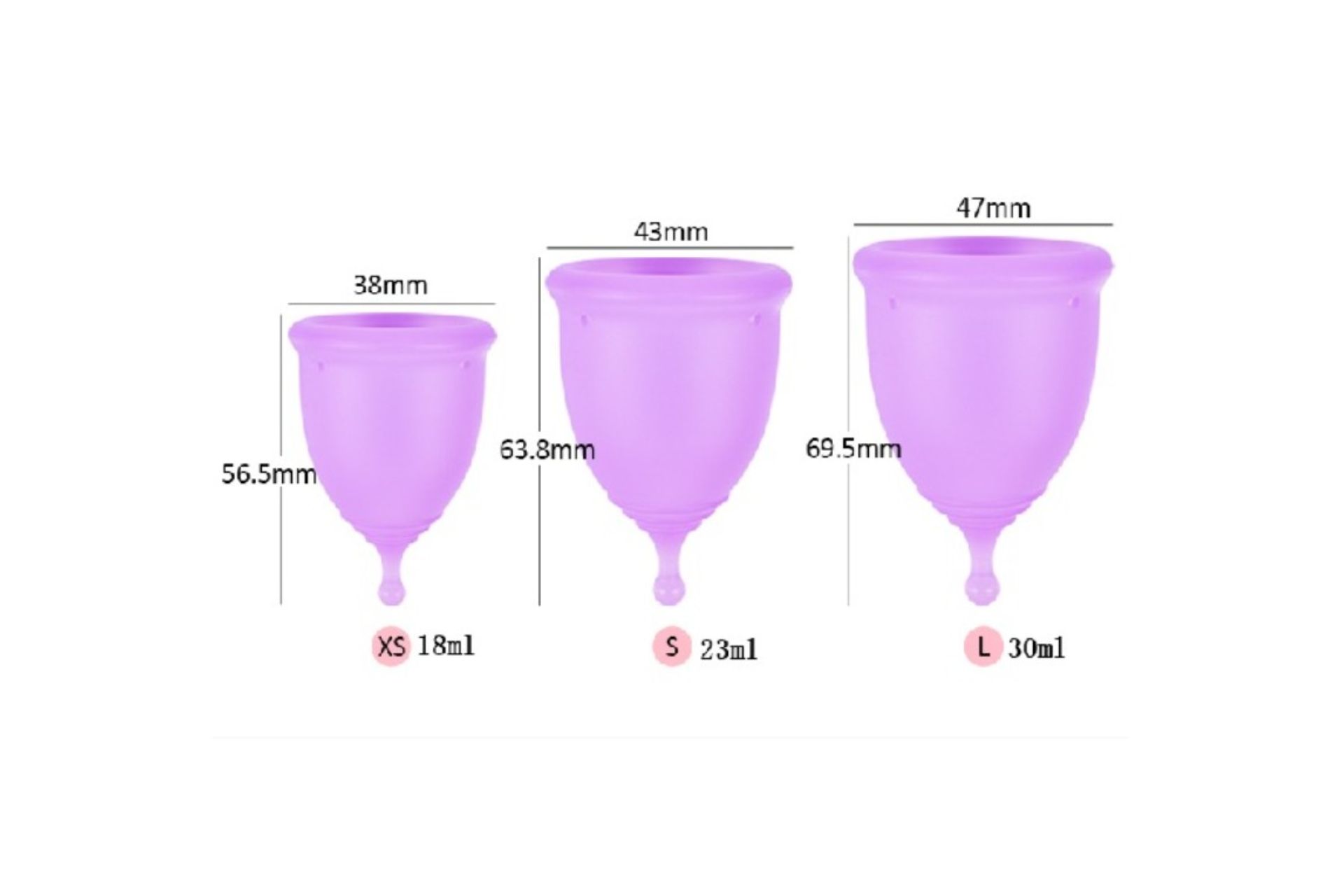
To avoid any side effects and enjoy the experience, keep in mind:
- Always wash your hands thoroughly.
- Clean the cup properly after each use.
- Sterilize it before first use.
- Choose the right size.
Regarding cup size: Choose based on your age, childbirth history, and anatomy. There are options for teens, adults, or women who haven’t given birth.
Selecting the right size is crucial to prevent leaks or discomfort.
Learn more about the menstrual cup and start a healthy habit for your body and the planet!
0 comment(s)